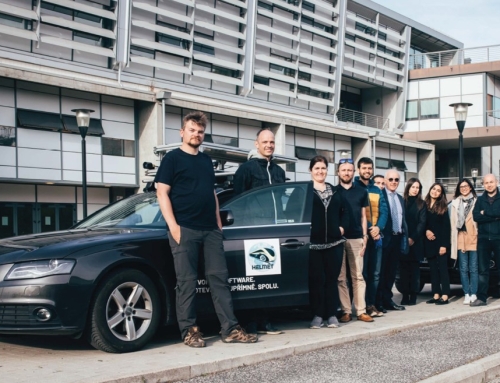Q: How can GNSS augmentation services be combined to simultaneously support multiple user classes with demanding but varied requirements?
A: Many augmentations of GNSS satellite navigation have been developed and fielded since the GPS constellation was completed and declared fully operational in 1995. The best known of these are satellite-based and ground-based augmentation systems (SBAS and GBAS), which are public systems designed to support civil aviation.
The corrections and integrity information broadcast by SBAS and GBAS are available to all GNSS users with the necessary equipment, but relatively few users beyond aviation have incorporated them into their applications (although this is slowly changing). In addition, many private augmentation systems now provide precise point positioning (PPP) and/or real-time kinematic (RTK) corrections to support other applications requiring sub-meter accuracy. Examples of these applications include surveying, mining and intelligent agriculture.
A growing subset of GNSS applications have demanding safety requirements in addition to needing sub-meter accuracy. These include railway, maritime, automobile and unmanned aerial vehicle (UAV) applications in which passengers and other people are potentially at risk. Specialized GNSS augmentation systems are needed to meet these requirements, and in many cases, multiple different types and sources of augmentation must be combined…





